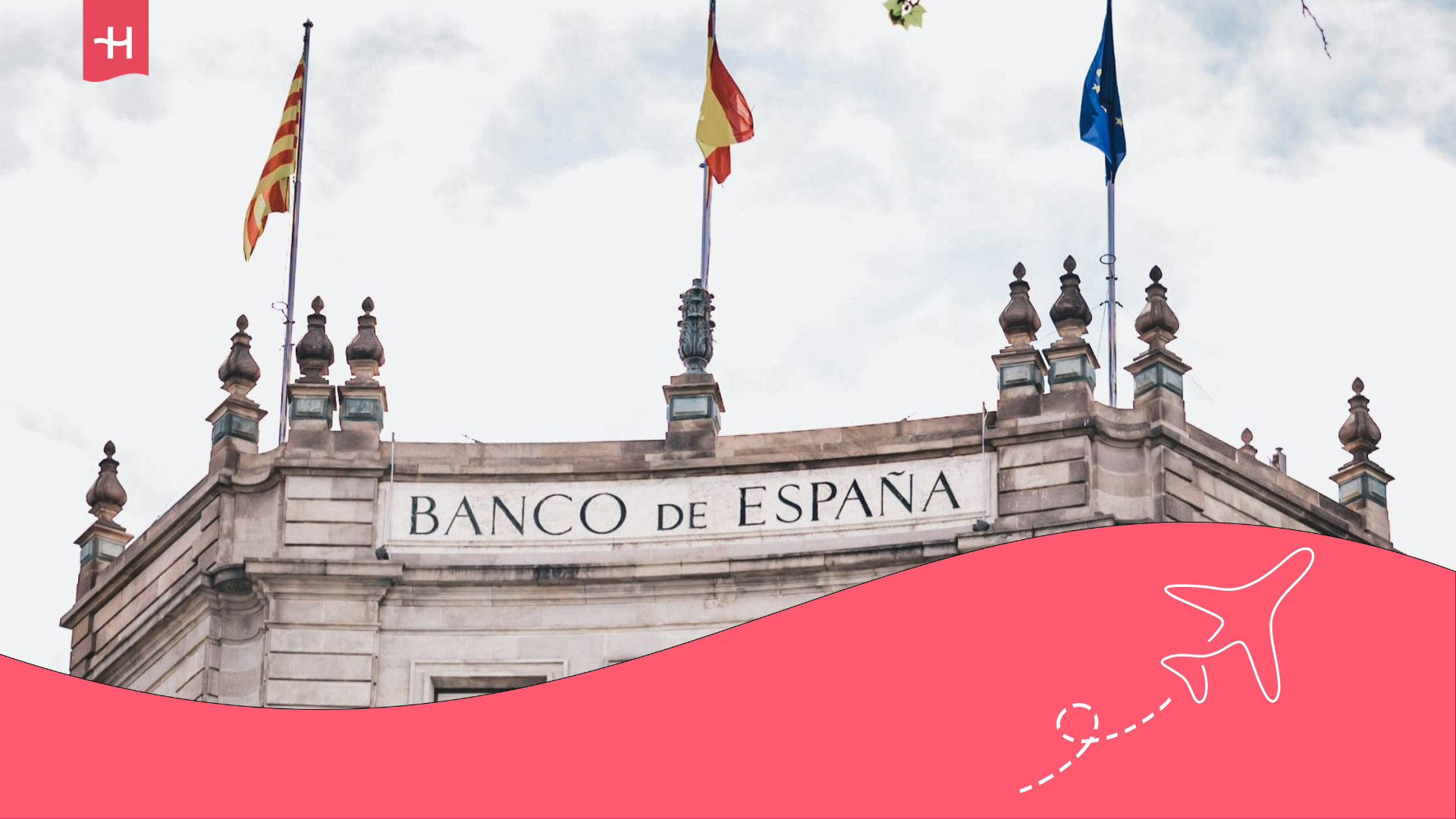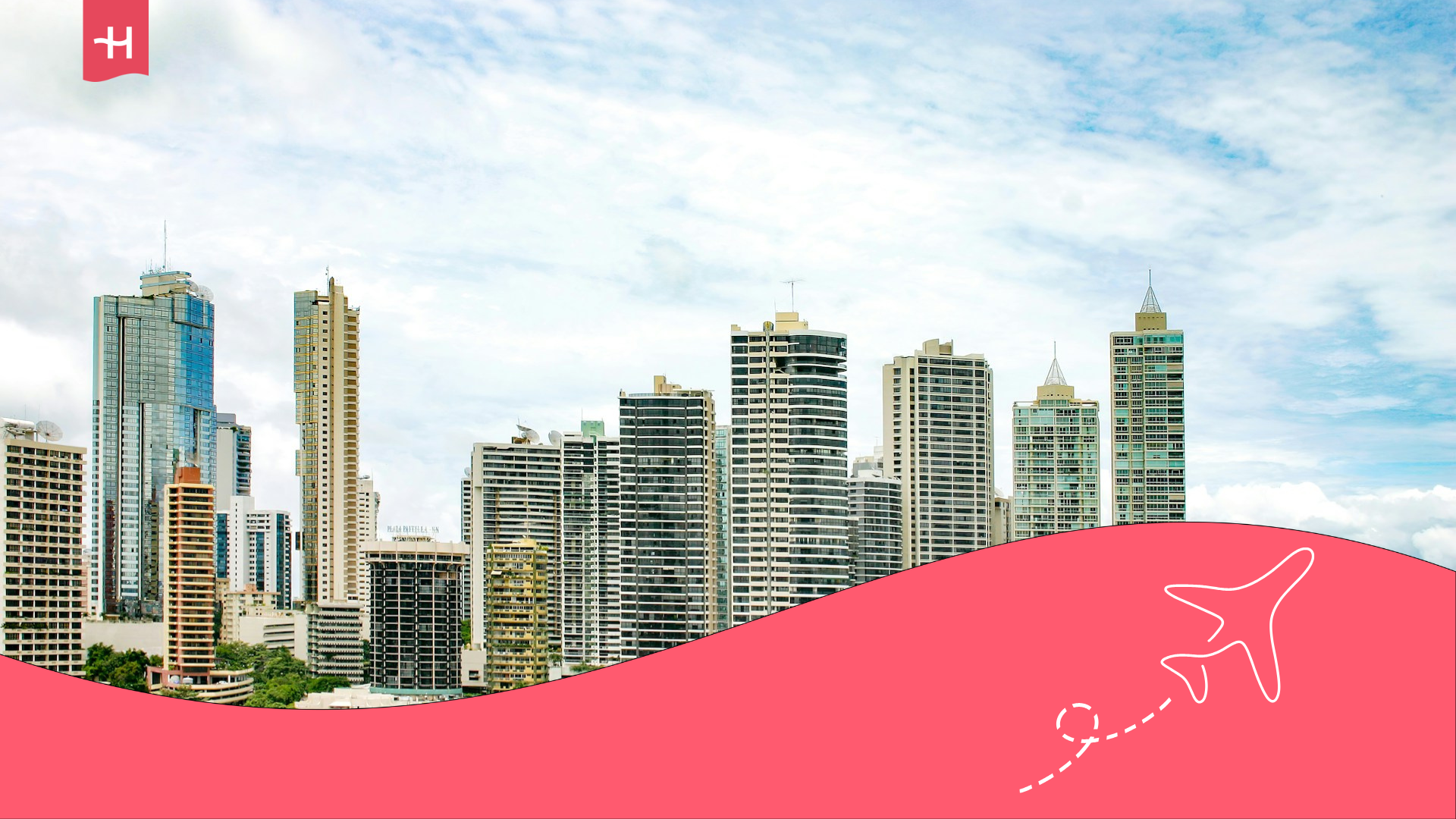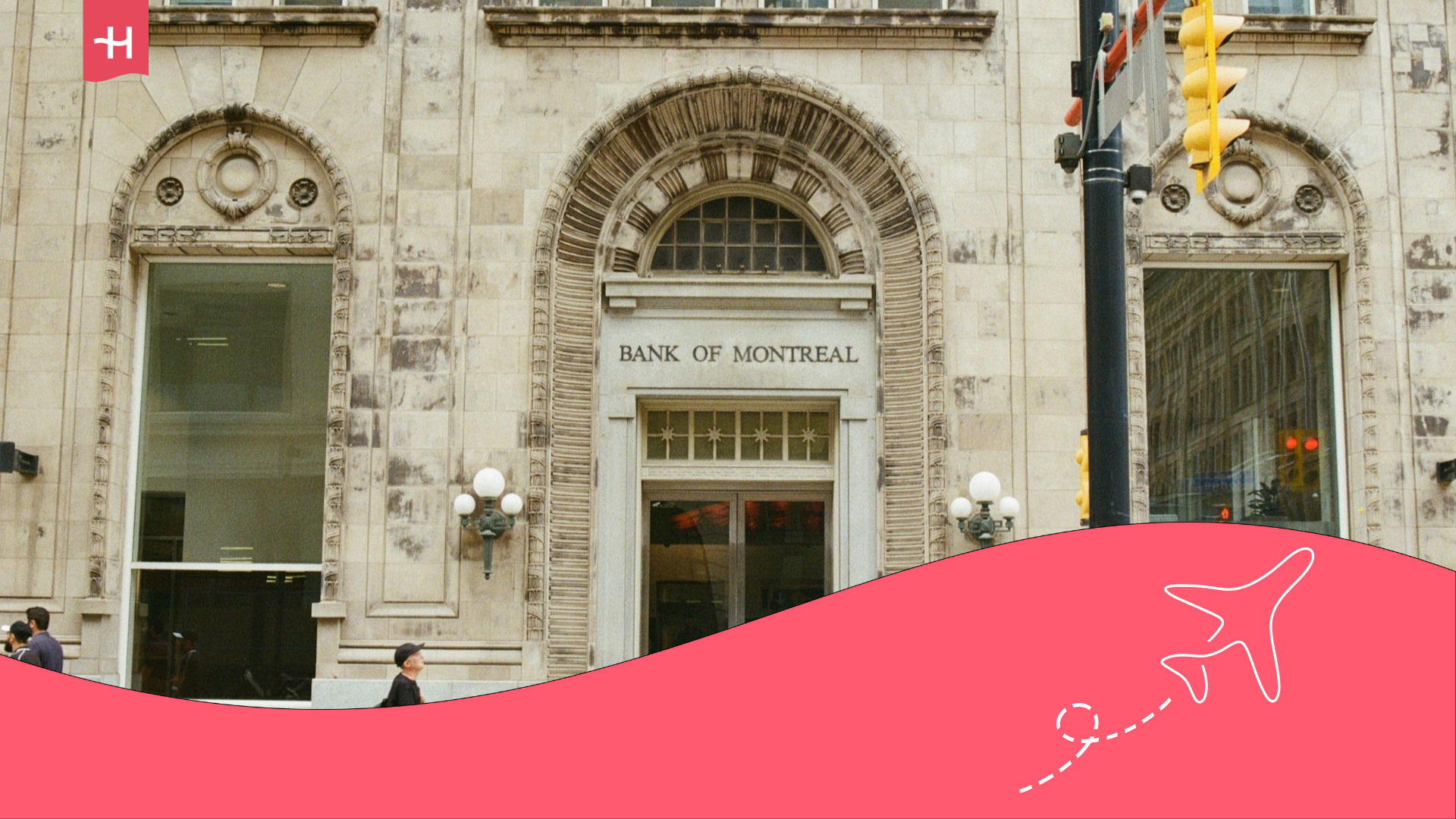Cost of living in Sweden: Food, transport, and more
Thinking of living in Sweden? Discover the cost of living, from healthcare and food to housing, and learn what to expect before moving.
Everything you need to know about the cost of living in Sweden in 2025 is right here. We have prepared a complete guide with prices in dollars and euros, so you can plan your move to this Nordic country with confidence.
Grab a notebook and write down the details we share. This way, you will know how to prepare a monthly budget for housing, food shopping, transport, and even leisure activities.
We provide detailed information about each essential expense. You will even find grocery prices, the cost of over-the-counter medicines, and how much it can cost to own a petrol or electric car in Sweden.
Average cost of accommodation in Sweden
We researched the average accommodation costs in Sweden for you. These include hotels, furnished flats, coliving spaces, shared rooms, and even the monthly rate for an Airbnb in the main cities: Stockholm, Gothenburg, Malmö, and the student cities of Uppsala and Lund.
| Cities / Accommodation | 3–4 star hotels (USD / EUR per night) | Furnished flat (USD / EUR per month) | Shared room (USD / EUR per month) | Coliving (USD / EUR per month) | Airbnb (USD / EUR per month) |
| Stockholm | $125 (€107) | $1,189 (€1,024) | $600 (€515) | $834 (€718) | $5,160 (€4,430) |
| Gothenburg | $157 (€135) | $992 (€854) | $600 (€515) | $772 (€665) | $4,770 (€4,095) |
| Malmö | $124 (€106) | $957 (€824) | $550 (€472) | $863 (€743) | $3,900 (€3,348) |
| Uppsala | $91 (€78) | $842 (€725) | $480 (€412) | $704 (€606) | $3,750 (€3,219) |
| Lund | $133 (€114) | $858 (€739) | $450 (€387) | $542 (€467) | $5,310 (€4,559) |
Remember, the costs above are average values and depend on several factors. For furnished flats and rooms, the price may vary depending on the size of the property, the furniture included, and the exact location within the city.
In the case of coliving in Sweden, hotels and Airbnb, the price also depends on the location, but also on the amenities offered, such as kitchens, coworking rooms, events, and social areas.
Another factor that can affect the price is the cleaning service, meal options, or tourist activities included in the accommodation packages.
Cost of food in Sweden
When it comes to the cost of food in Sweden, we’ll show you the basic items in a typical Swedish shopping basket. Of course, your food expenses will vary depending on your dietary preferences and lifestyle.
Here are some common groceries with their average costs, based on prices from ICA supermarkets, a well-known chain across the country:
- Milk (1L): $1.60 (€1.45)
- Bread 500 g: $2.50 (€2.30)
- Eggs (12): $3.80 (€3.50)
- Pasta (1 kg): $2.20 (€2.00)
- Chicken (1 kg): $10 (€9.20)
- Beef (1 kg): $14 (€12.90)
- Coffee (250 g): $5.50 (€5.05)
- Chocolate (100 g): $2 (€1.85)
- Personal care products: $16 (€14)
- Household cleaning products: $14 (€12)
If you prefer to eat out instead of cooking at home, here are the average costs of breakfast, lunch, and dinner in a mid-range restaurant in Sweden:
- Breakfast: $8–10 (€7.40–9.20), usually yoghurt, wholegrain bread with ham and cheese, plus coffee.
- Lunch: $13–16 (€12–15), often Swedish meatballs with mashed potatoes, lingonberry sauce, salad, bread, and a free drink. It also includes salad, bread, and a free drink.
- Dinner: $25–30 (€23–28), with a soup starter, baked salmon with potatoes and vegetables, and a drink.
Transport prices in Sweden
Public transport in Sweden is efficient, punctual, and safe, so you won’t need to worry about traffic or delays. Below, you’ll find the main transport options in cities like Stockholm, Malmö, and Gothenburg with updated prices.
- Metro and buses: both share the same fare: $4.40 (€3.80) per trip. A monthly pass costs $95 (€82).
- Tram: a single ticket costs $3.90 (€3.40). A monthly pass is $90 (€77).
- Commuter trains: a short journey (about 30 km) costs between $6–7 (€5–6).
- Taxi: around $1.90 (€1.65) per kilometre, depending on distance.
- Uber: a ride of 5–6 km usually costs $12–15 (€10–13).
- Bike rental: a daily pass is $4.50 (€3.90), a monthly pass $30 (€26), while an annual subscription reaches $95 (€85).
Other values you should know are: Fuel prices, the kWh cost to charge an electric car, and the price of a car. In this case, we chose the Volvo XC60, one of the top sellers this year in Sweden. We also checked how much car insurance could cost you. These are the updated values for 2025:
- Petrol: $1.95 (€1.80) per litre.
- Diesel: $1.73 (€1.49) per litre.
- kWh: $0.32 (€0.29) per kWh.
- Volvo XC60 (new): $61,300 (€52,800).
- Car insurance: $650 (€600) per year.
Healthcare costs
In Sweden, healthcare is public, but you must be an EU citizen or a legal resident to access it. Otherwise, you’ll need private health insurance, which costs around $1,500 (€1,380) per year.
This protects you from high medical expenses in case of accidents, illness, or routine check-ups. Below you’ll find the average healthcare costs you’d pay without insurance in 2025:
- General consultation: $120 (€110).
- Dentist appointment: $100 (€92).
- Ambulance service: $45–112 (€38–90)
- Hospital stay (per night): $11–17 (€9–14)
- Specialist consultation: $45 (€38)
When it comes to over-the-counter medicines in Sweden, the prices are also worth considering: a box of paracetamol costs around $5 (€4.60), while antibiotics range between $5–25 (€14–23).
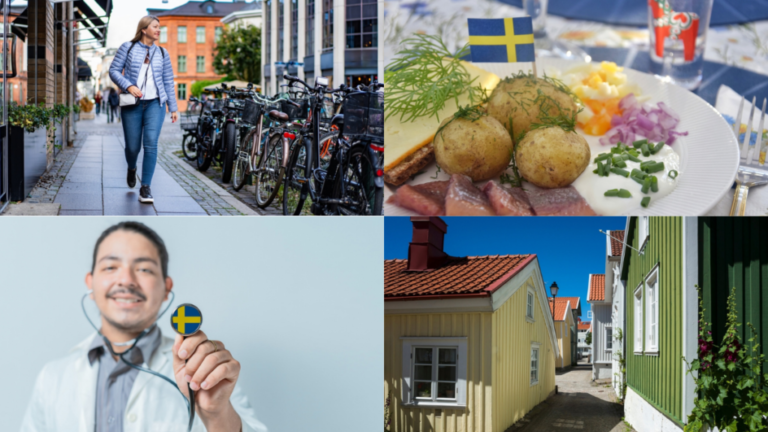
Internet and call plan prices
In Sweden, several providers offer mobile and fixed internet plans. The most popular are Telia, Telenor, and Tre. These companies also provide home broadband, with a range of packages depending on speed and usage.
- Telia: Unlimited mobile data, calls, and SMS for $39.5 (€36) per month.
- Telenor: 150 GB of mobile internet for $43.95 (€39.6) per month.
- Tre: Unlimited data, calls, and SMS for $36 (€33) per month.
For home internet, prices vary by speed and provider. Below are the average monthly costs for mid-range plans:
- Telia: 500 Mbit/s plan for $82 (€75) per month.
- Telenor: 500/100 Mbit/s plan ranges between $55–77 (€50–71).
- Tre: 5G Home with 150 Mbit/s for $36 (€33) per month.
Another convenient alternative is one of the Holafly subscription plans. They offer from 25 GB up to unlimited data that you can share across devices. These global plans work in over 160 countries without changing SIM cards.
Important: If you are a frequent traveler and want to stay connected without worrying about expensive roaming or looking for a new SIM at every destination, Holafly’s subscription plans are for you. With a single eSIM, enjoy internet in more than 160 countries for a fixed price and no surprises on your bill. Travel without limits and connect easily and securely! 🚀🌍

Leisure activity costs in Sweden
Leisure is an important part of everyday life in Sweden, so these expenses also matter. That’s why we’ve selected some plans you could do in the country and their costs. Among them, going to the cinema, exercising at the gym, visiting a museum, or going to the theatre.
- Cinema ticket: A new release costs between $13–15 (€12–14).
- Theatre ticket: Between $30–50 (€28–46).
- Gym membership: $45–55 (€42–50) per month.
- Streaming platforms (Netflix, Disney+, HBO): Around $7.5 (€6.7) depending on the service.
- Coffee or beer in a café/bar: $3–7 (€2.7–6).
- Amusement park Grona Lund: Entry costs around $14 (€13).
- Northern Lights guided tour: Around $200 (€180).
Taking into account housing, food, transport, healthcare, and leisure, we estimate that a person spends around $1,700–2,300 (€1,570–2,120) per month in Sweden. Compared with the country’s average monthly salary of $3,740 (€3,366), the lifestyle is balanced.
Remember, these amounts change depending on your lifestyle choices. Costs vary if you select larger or smaller housing, different foods outside the basic Swedish basket, or your preferred transport and leisure options.
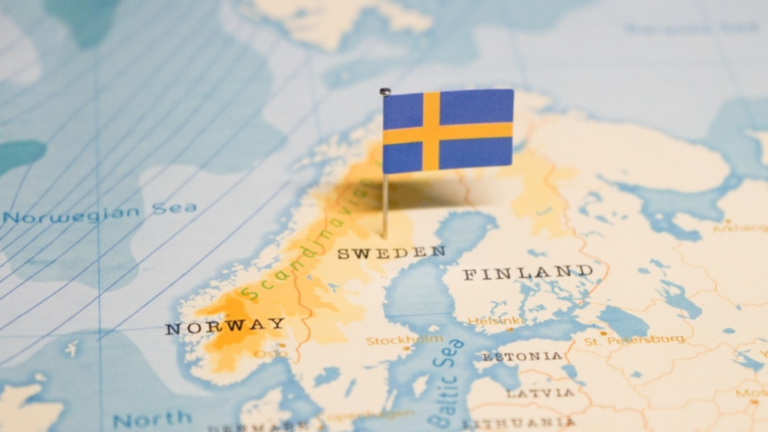
FAQs about the cost of living in Sweden
The biggest cost of living in Sweden is housing, especially if you stay in tourist areas or central districts of main cities.
If you have an accident or illness, you’ll likely face very high medical bills. The best advice is to get private health insurance or residency to access the public system.
Yes, most cities have the road infrastructure to use bicycles as a means of transport. In fact, it’s the most used means of transport by university students.
The official currency in Sweden is the Swedish krona (SEK). It’s the only currency you should use. Some hotels and shops accept euros, but the exchange rate isn’t convenient.
Yes, most Swedes speak English as a second language. However, if you plan to stay long-term, it’s important to learn Swedish.





 Language
Language 


















 No results found
No results found




